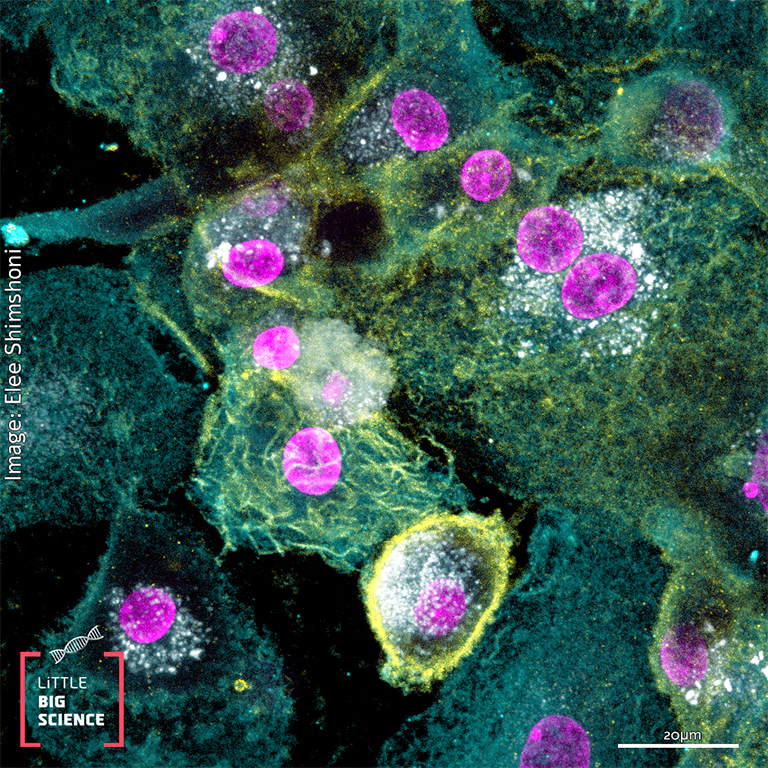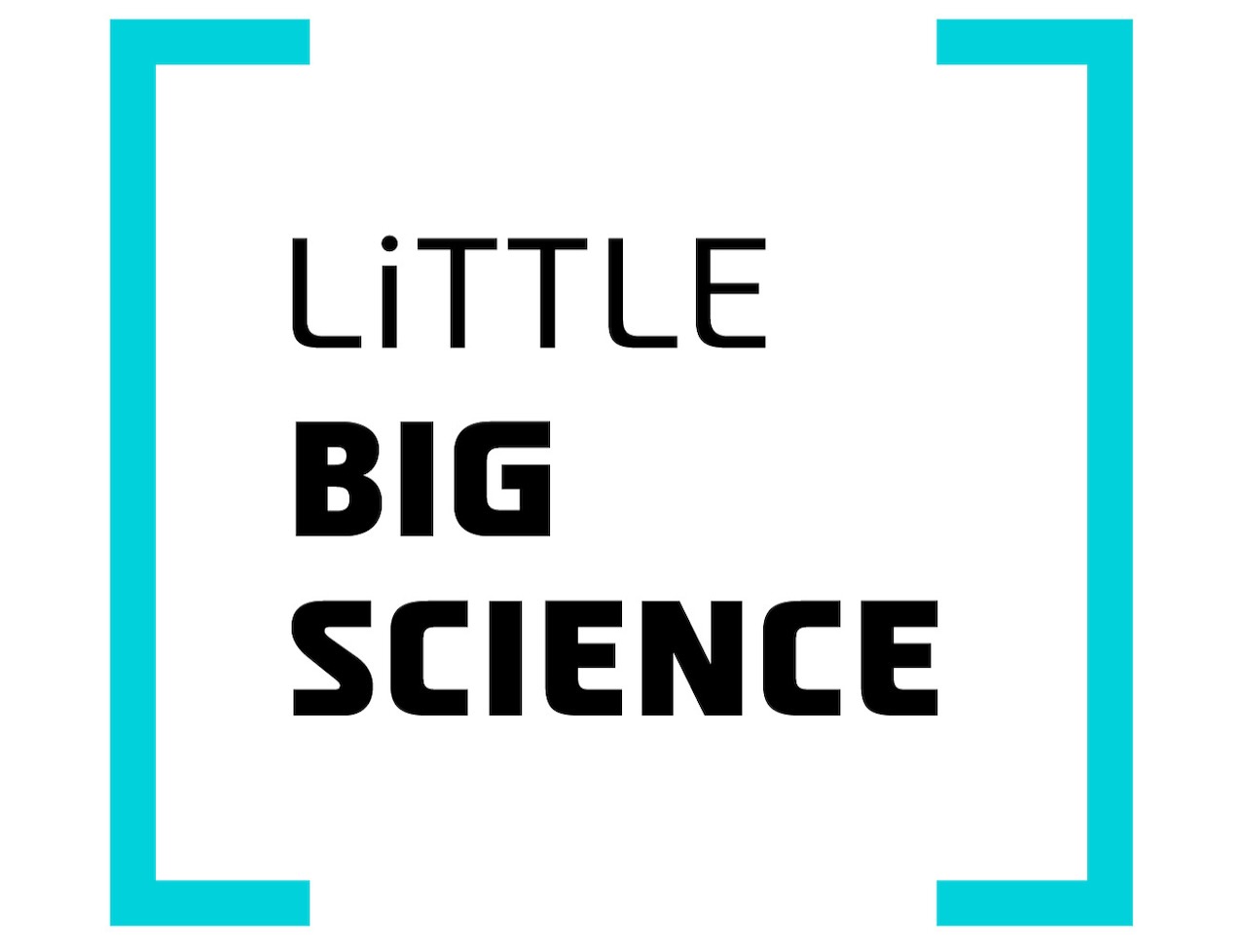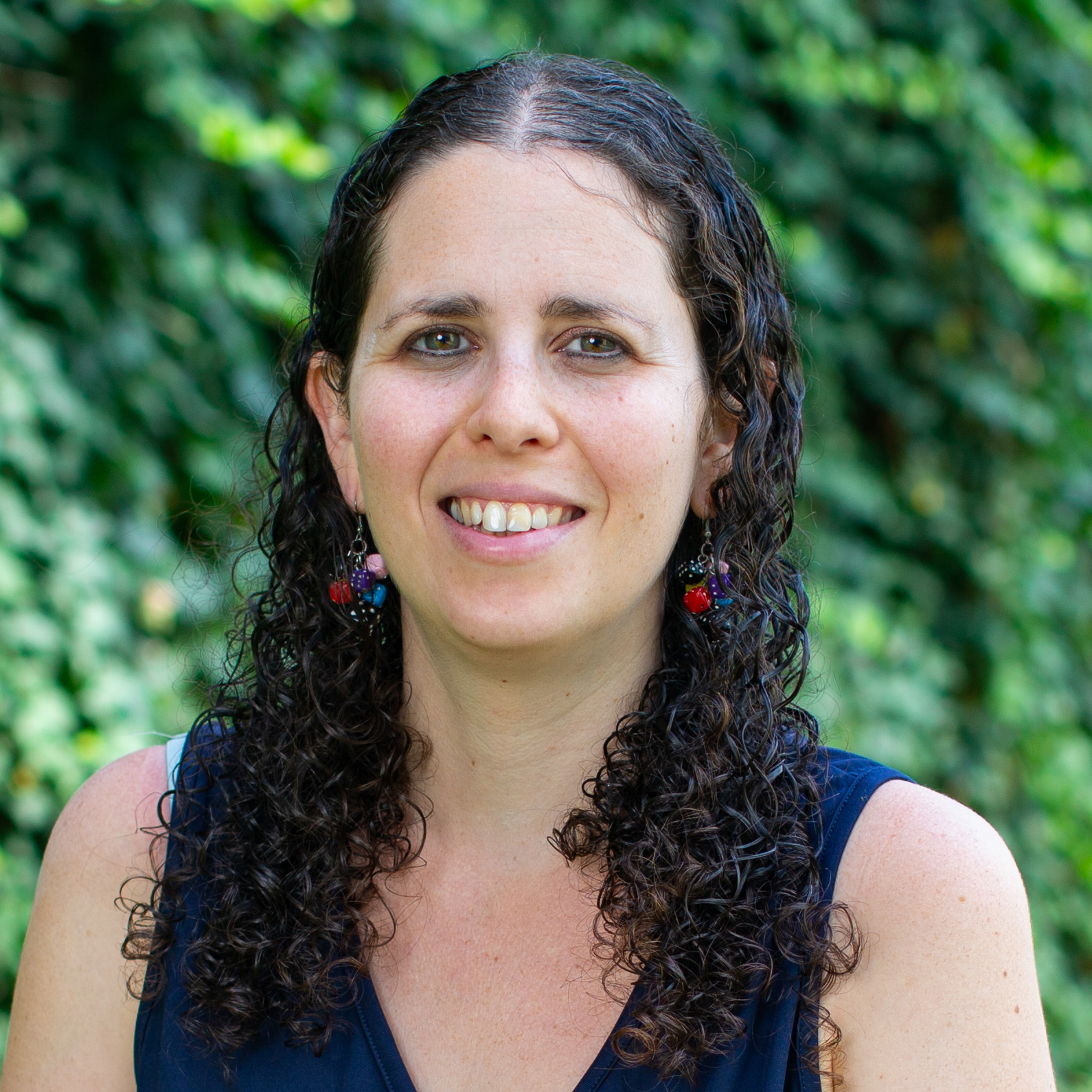
Advertisement
In atherosclerosis, fatty deposits containing cholesterol molecules carried by proteins form on the walls of blood vessels. One of these protein-cholesterol structures is LDL, which is colloquially called “bad cholesterol.” The disease starts when the deposits accumulate into a structure called a plaque—a kind of fortified zone where these fats gather along with immune cells that arrive to clear them. These immune cells, known as macrophages, engulf the LDL. Over time, as cholesterol builds up inside them, inflammation develops and some of the cells die in a way that further propagates the inflammatory response. The inflamed macrophages fill with lipid droplets, giving them a foamy appearance, which is why they are also called “foam cells.” As the plaque grows, it narrows the blood vessel, placing extra strain on the heart muscle. The plaque can also rupture and lead to blood clots that may cause a stroke or a heart attack.
In our experiment, we cultured macrophages in a dish and “fed” them LDL. In the image, LDL is stained white, the cell nuclei (where their genetic material is stored) are magenta, and proteins characteristic of macrophages appear in cyan and yellow on the cell surface. After a week of LDL feeding, you can see that LDL accumulated in vesicles (white dots, mainly near the magenta nuclei) and the macrophages have not yet managed to break it all down. If the macrophages continue to be exposed to LDL, they will ingest more and more of it until they die, promoting inflammation and plaque formation. Using this method, we model the formation of foam cells in the laboratory so that we can find drugs that will help them break down LDL more efficiently, without causing inflammation.
Hebrew editing: Galia Halevy-Sadeh
English editing: Elee Shimshoni







